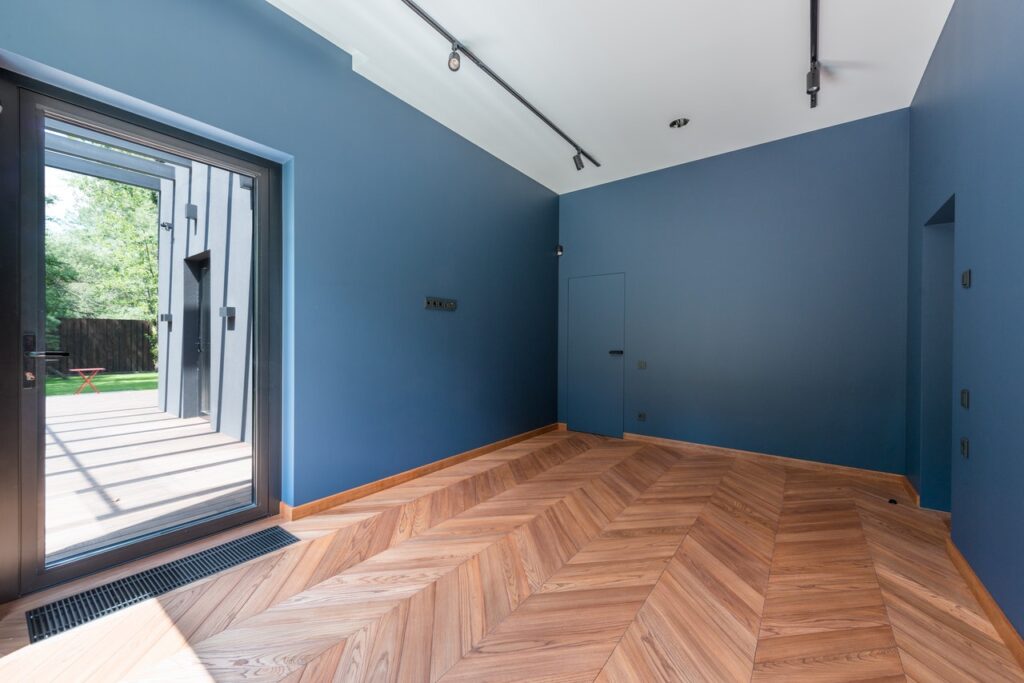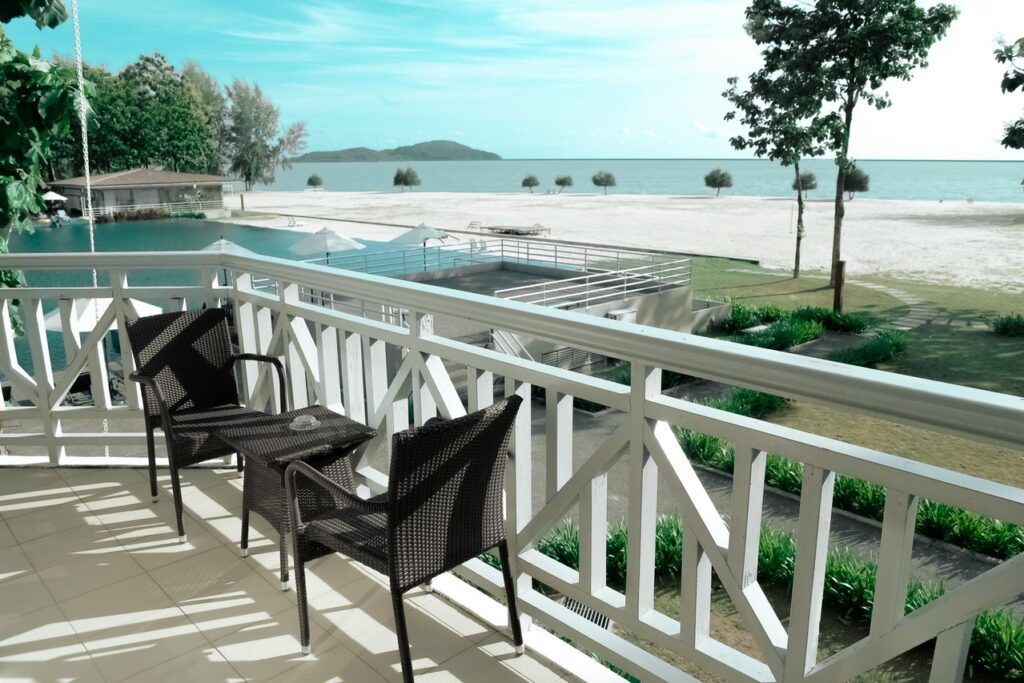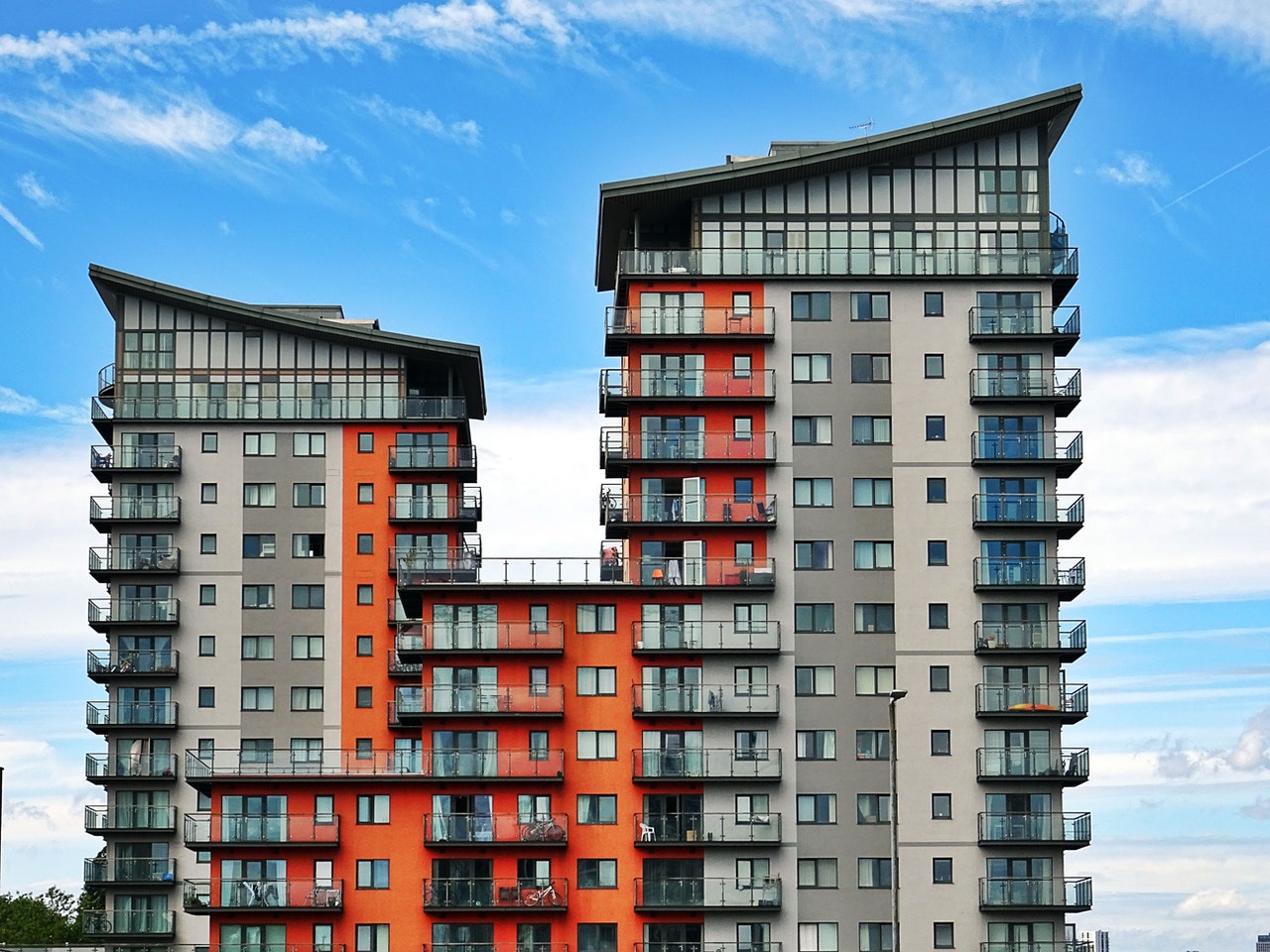Introduction
Before understanding how the carpet area as per RERA is calculated, let us have a quick revision.
Over the years there has been a debate between many developers on the definition of carpet area.
The developers in the past used this to their advantage because of the lack of proper clarity on the subject.
Different developers used different definitions for the same term, and it was not feasible for an investor to accurately value the projects based on carpet area valuation.
Since the implementation of the RERA Act in 2016, builders have been ordered to sell flats, apartments, and buildings based on the carpet area as defined by RERA only.
Also Read: How To Reduce Liquidity Risk On Real Estate Investments
What is RERA
RERA (Real Estate Regulation Authority) is a regulatory body that works with both buyers and sellers of real estate assets to promote ethics and openness in their dealings.
The purpose of this act is to protect investors interest while also addressing expanding demand and standardizing real estate.
What is the importance of calculating the carpet area
One of the main factor that defines the price of any real estate is the carpet area. The value of a real estate property is directly proportional to the carpet area it occupies.
Thus, calculating the right estimates of the real estate assets in terms of its area is a critical factor while purchasing any real estate.
RERA guidelines for calculating the carpet area
As per the Real Estate (Regulation and Development) Act, 2016, carpet area is defined as “the net usable floor area of an apartment, excluding the area covered by the external walls, areas under services shafts, exclusive balcony or verandah area and exclusive open terrace area, but includes the area covered by the internal partition walls of the apartment”.
This definition clearly states that the carpet area does not include the following areas
- External walls
- Service area
- Balcony and open terrace
Area under external walls

The external walls are sometimes load bearing structures and carry a finite amount of permissible load of the building.
As they are load bearing, there should not be any tendency of the developer to shorten the width of the external wall to increase the carpet area. Hence, RERA has decided to exclude the area under calculations.
Area occupied by service shaft
The RERA Act requires that any areas under the service shaft, such as lifts, toilet ducts, and ventilation ducts, be omitted when determining the carpet area.

Area under balcony
This area includes all the area which is available under the net usable area of balconies. Is is an extension of the building and not the actual area under it. Hence, this portion stay excluded.

Area open to air
This is the area that falls under the terrace of the building. The open terrace area are usually common to all the members of the apartment owners. Thus, adding this portion of the area will lead to the doubling of the calculation of the overall area of the building.
Area under internal partition walls
As per the definition of RERA, the carpet area needs to consider the area under the internal partition walls.

The reason why internal partition wall area is considered in the overall calculation of carpet area because they are non load bearing structures and can be re-structured by the investor after the purchase of the asset. Thus, this becomes a usable area to the investor.
Different between RERA carpet area and net usable carpet area
The major difference between the carpet area under RERA and the net usable area is that the net usable area also excludes the area under the internal walls. Therefor, the net usable area will always be lower than the carpet area as prescribed by RERA.
Understanding with an example
Let us consider the following room where the walls in orange are external walls (0.2 meter width) and the walls marked in yellow are internal walls (0.1 meter width)

The super built up area is calculated as the overall gross area of the apartment. This area will be all inclusive of external walls, balcony and the interior walls.
Thus, the super built up area = 15 X 12 = 180 sq. m.
As per the definition of RERA,
In this case, while calculating the carpet area, the area under external walls is not considered.
Thus, the carpet area as per the definition of RERA = (15 – 0.2 – 0.2) X (12 – 0.2 – 0.2) = 169.36 sq. m
Things to keep in mind before investing in real estate
Carpet area vs super built up area
As per the above example the super built up area will be much more higher than the carpet area.
Thus, when the developer tries to sell you an apartment and tells you the carpet area, it is the responsibility of the investor to cross check whether it is the super built up area or carpet area.
Builders have taken advantage of investors by offering flats and apartments based on the Super Built-Up Area. As the general investors who were not aware between the difference in these definitions, builders used to quote prices based on the super built up area.
| Area Type | Things included | Things excluded |
|---|---|---|
| Super Built up area | Area under Exterior and interior walls, balcony and common areas | NA |
| Carpet Area | Area under interior walls | Area under Exterior walls, balcony and common areas |
Conclusion
Each state has its own RERA body. This ensures that that implementation of the act are at par the state building by-laws and there is a better reach for the buyers and sellers to approach the RERA. These states also have the tights to amend or add provisions based on their local circumstances.
Download the RERA Act for complete set of RERA clauses.
Also Read: What Are The Benefits Of Buying RERA Approved Projects

